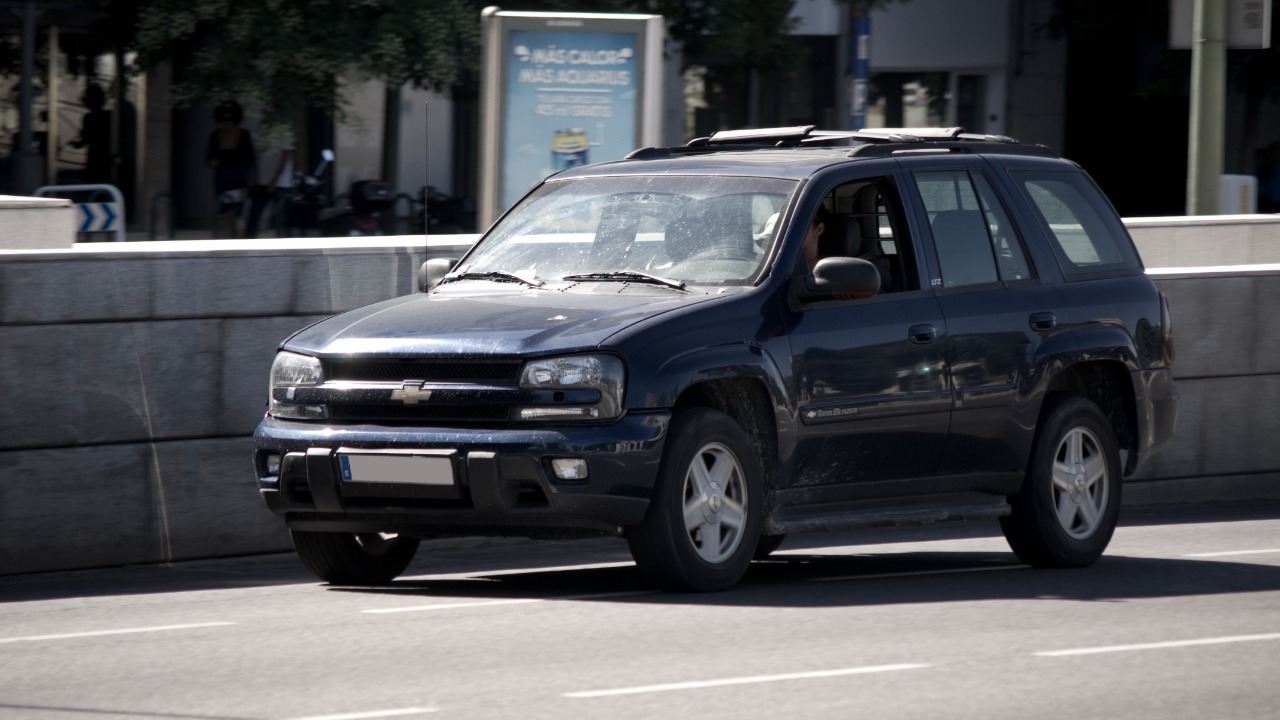
While SUVs are popular for their size and versatility, not all models excel in safety tests. It’s crucial to consider safety ratings when choosing a vehicle. Below are six SUVs that have garnered disappointing results in crash tests, highlighting the importance of comprehensive research before purchasing.
1998 Isuzu Rodeo
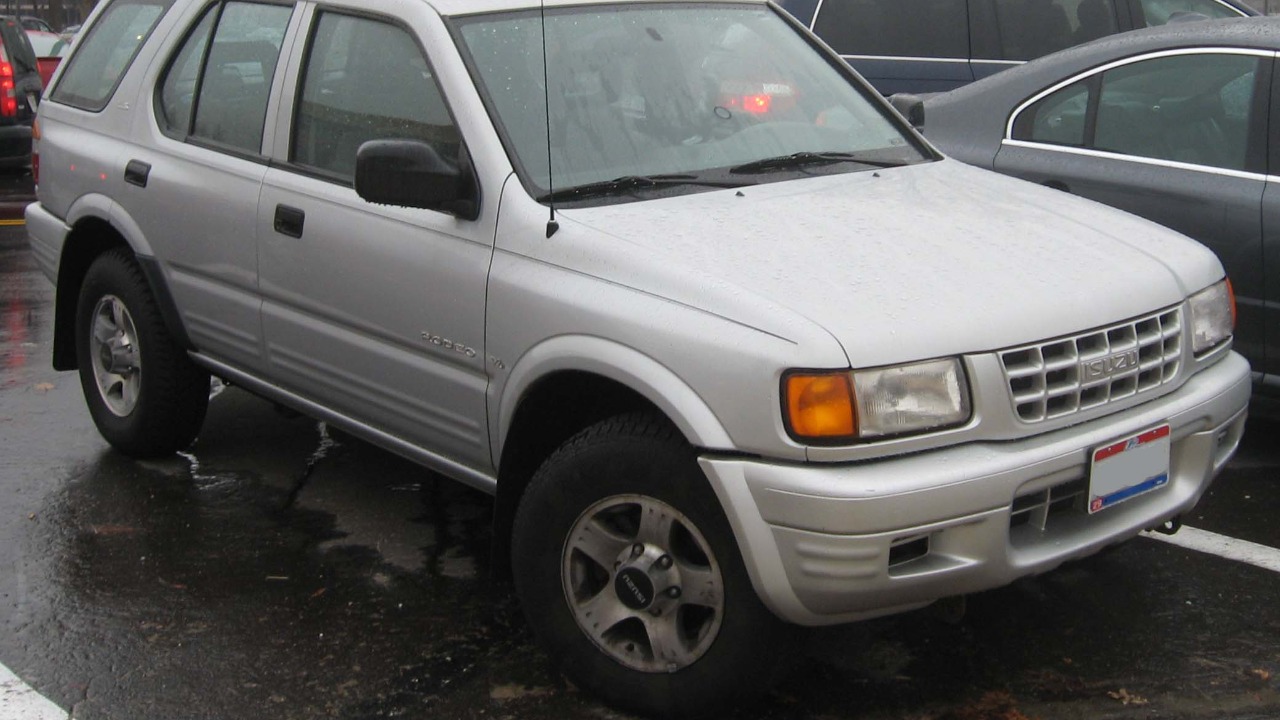
The 1998 Isuzu Rodeo is one model that drew attention for its poor performance in safety evaluations. According to the IIHS tests, the Rodeo showed significant issues in frontal impact collisions, which raised serious concerns about its crashworthiness.
The design of the Rodeo did not effectively manage the energy of a crash, leading to heightened risk for occupants. This SUV’s performance underscores the necessity of looking beyond aesthetics and considering crash test ratings when selecting a vehicle.
2001 Ford Explorer Sport Trac
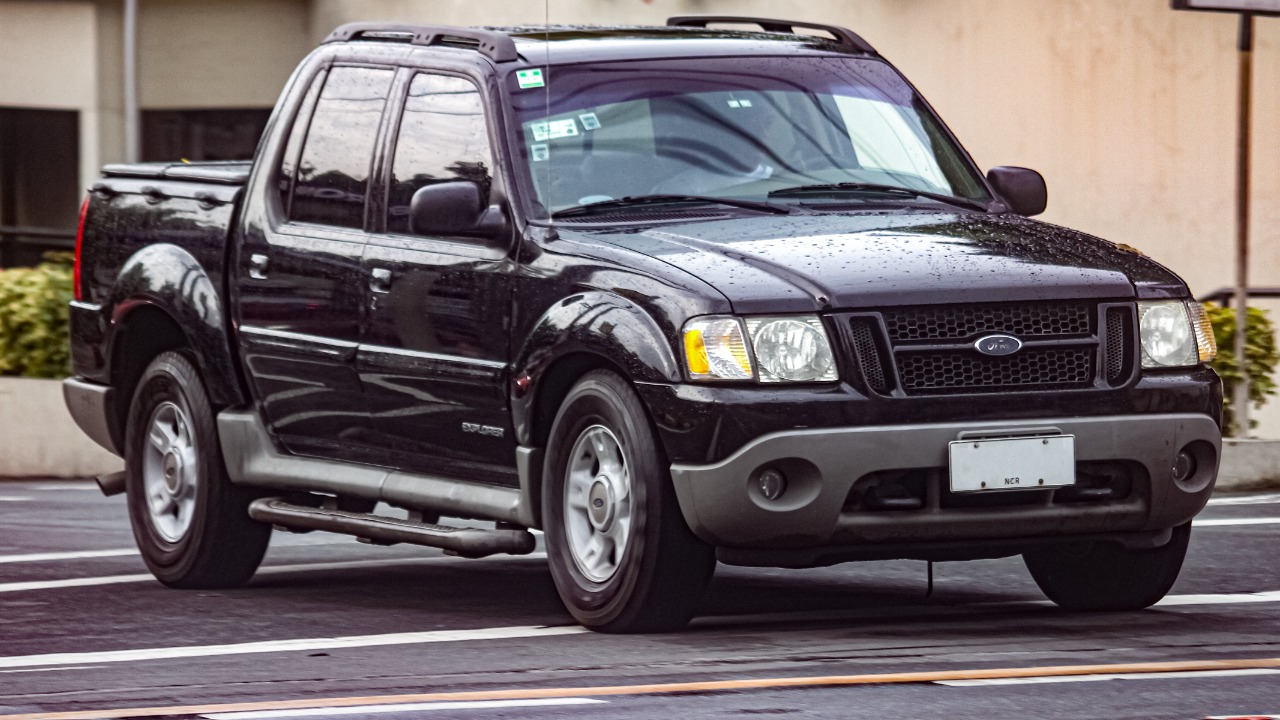
Another SUV that faced scrutiny was the 2001 Ford Explorer Sport Trac. This model was particularly problematic in side-impact tests, where it received low marks from safety organizations. The lack of side airbags in some trims contributed to its poor evaluation.
The Explorer Sport Trac’s inability to adequately protect passengers in side collisions highlighted its limitations. This example serves as a reminder to assess safety features like airbags and reinforced structures when considering an SUV purchase.
2003 Chevrolet Blazer

The 2003 Chevrolet Blazer was also criticized for its subpar safety performance. According to research, the Blazer struggled in rollover tests, a crucial aspect for SUVs given their higher center of gravity.
Rollover resistance is a key consideration for SUV buyers, and the Blazer’s poor performance in this area emphasized its vulnerabilities. Prospective buyers should prioritize vehicles with better rollover ratings to ensure safety on the road.
2002 Jeep Grand Cherokee
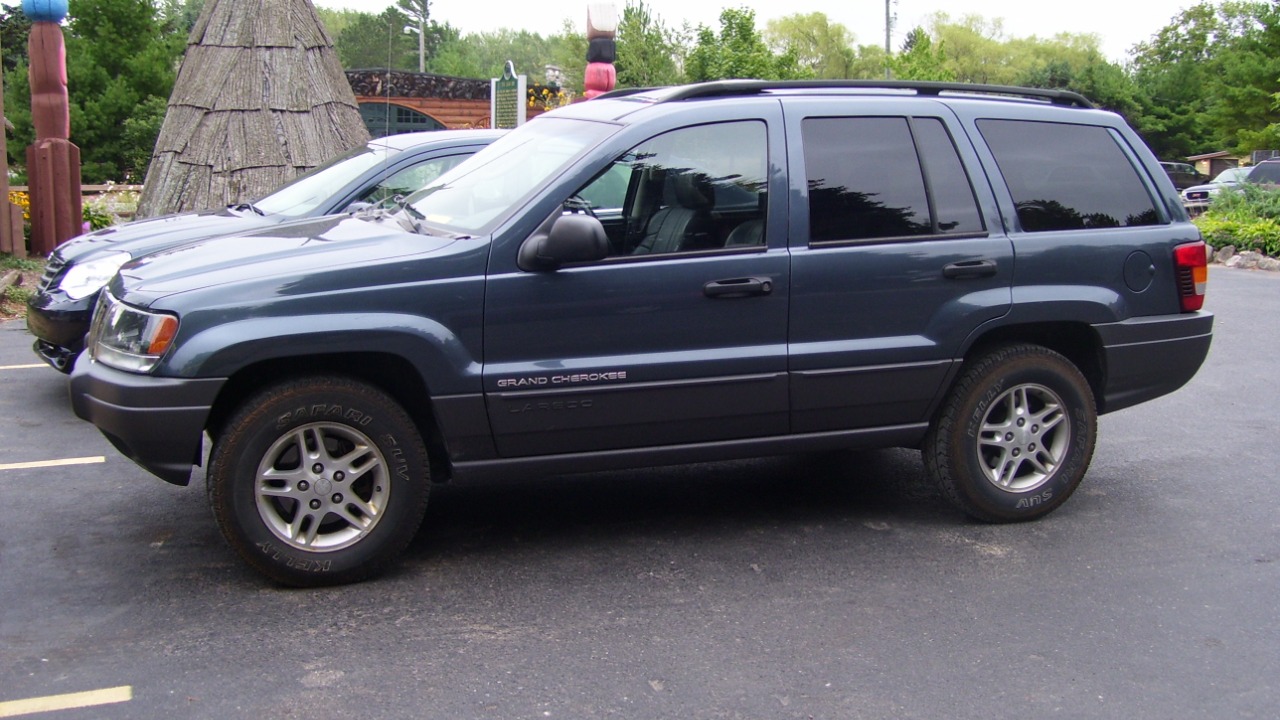
The 2002 Jeep Grand Cherokee raised eyebrows with its disappointing crash test outcomes. It received mixed reviews, particularly in frontal offset tests, where it failed to protect the occupants adequately.
For those drawn to the Jeep brand, this model’s performance in safety evaluations serves as a cautionary tale. It’s essential to compare ratings from multiple sources to get a comprehensive understanding of a vehicle’s safety profile.
1999 Mitsubishi Montero
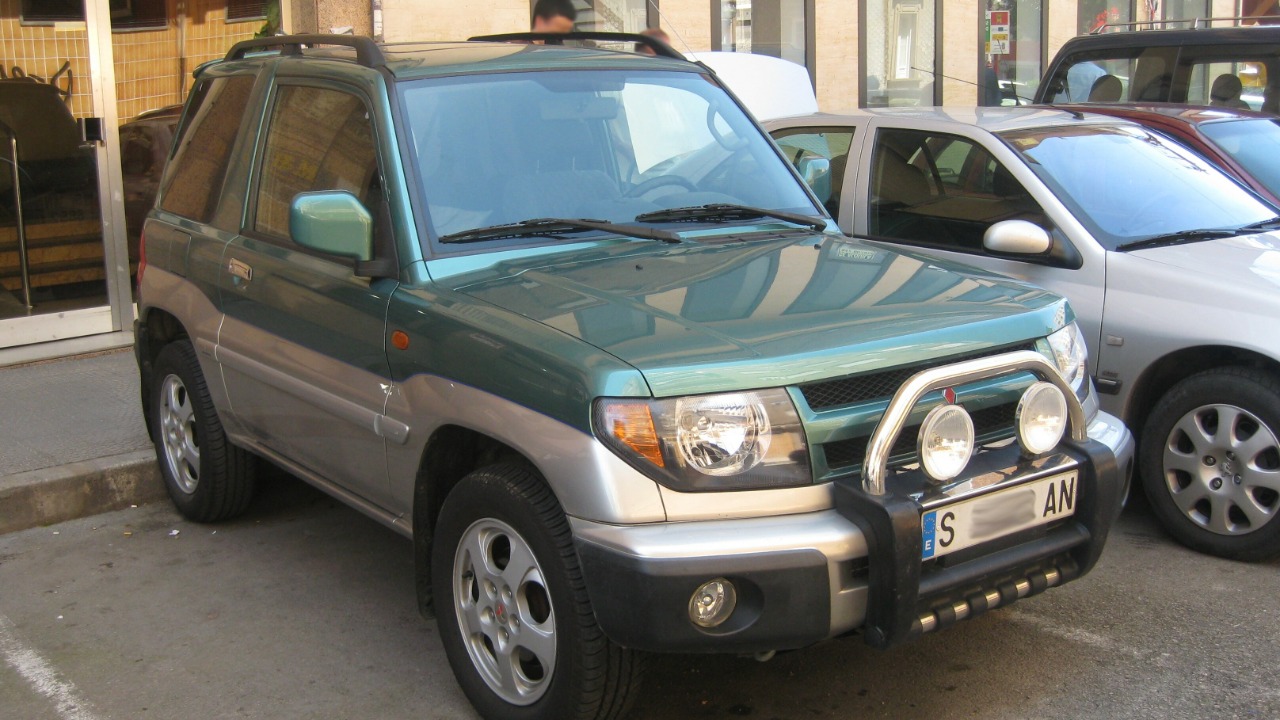
The 1999 Mitsubishi Montero was another SUV that did not fare well in safety tests. Its performance in crash tests highlighted significant deficiencies, particularly in the area of structural integrity.
These shortcomings in crashworthiness posed a risk to passengers, making it a less favorable choice for safety-conscious consumers. Ensuring that a vehicle has robust structural integrity can make a significant difference in crash scenarios.
2000 Nissan Xterra
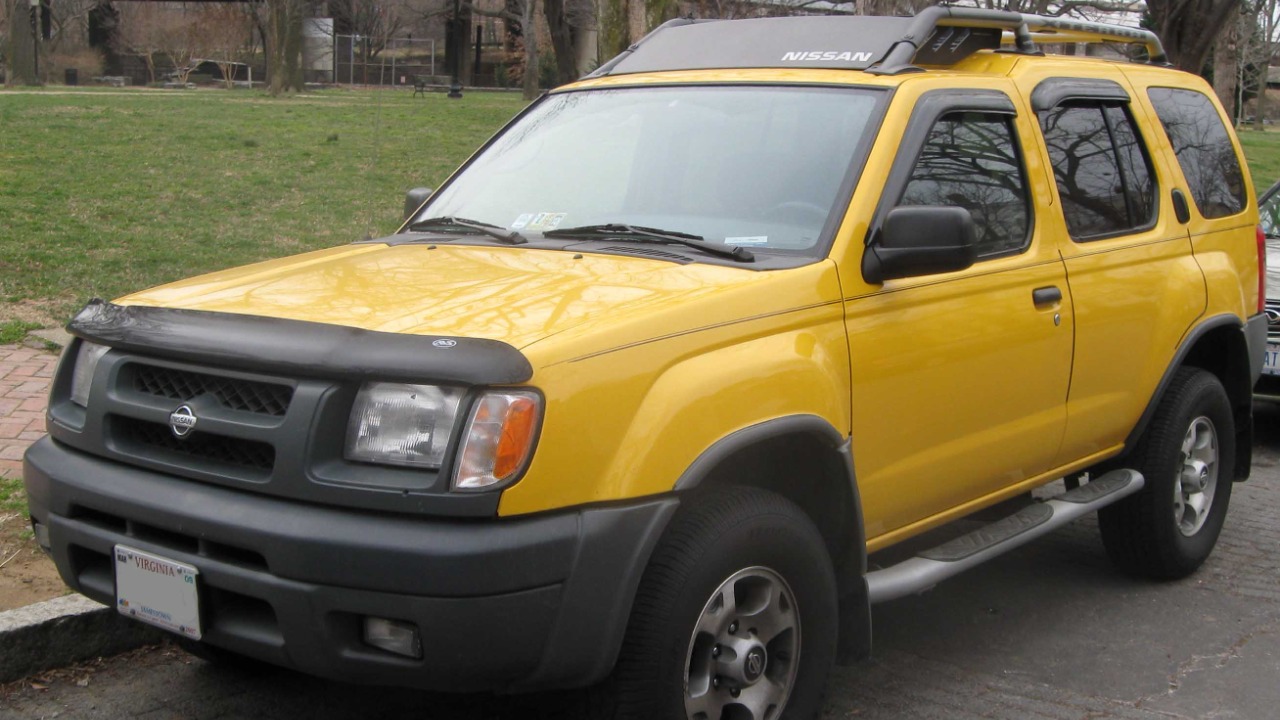
The 2000 Nissan Xterra also joins this list due to its lackluster safety performance. It received criticism for its poor side-impact protection, an area that is critical for occupant safety.
The absence of side airbags in some versions of the Xterra was a contributing factor to its poor ratings. For those considering an SUV, it’s vital to ensure that the vehicle is equipped with comprehensive safety features to protect all passengers.